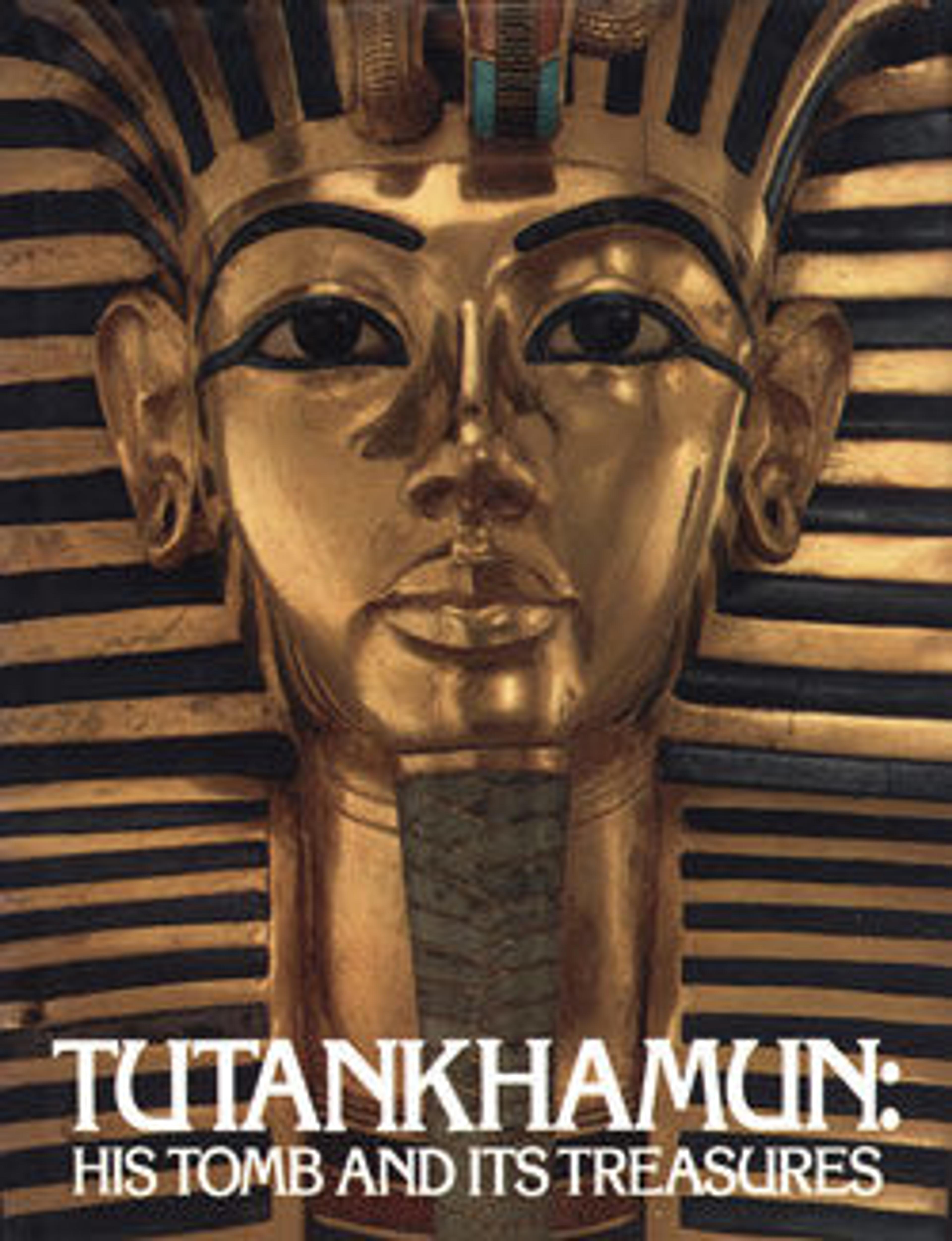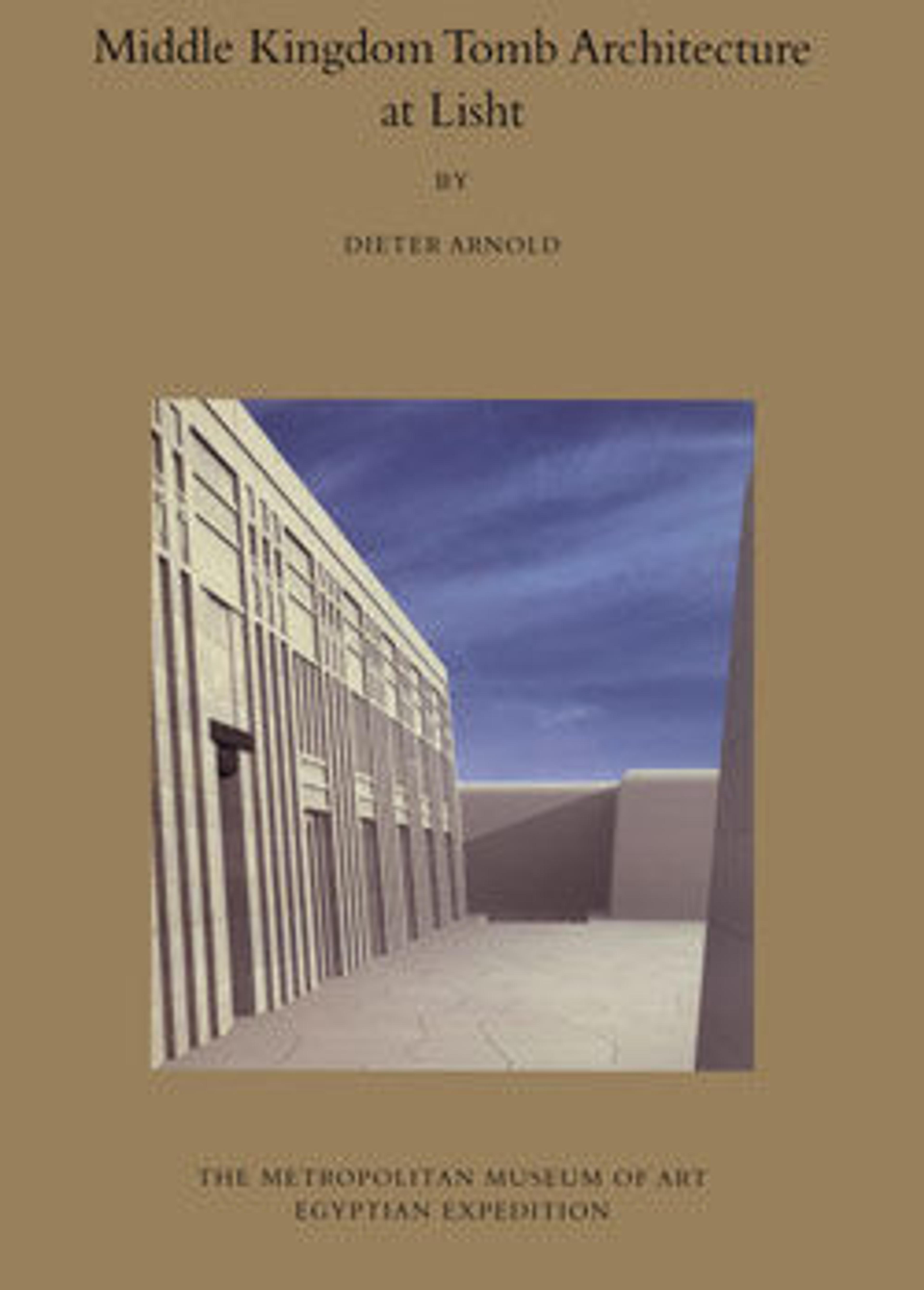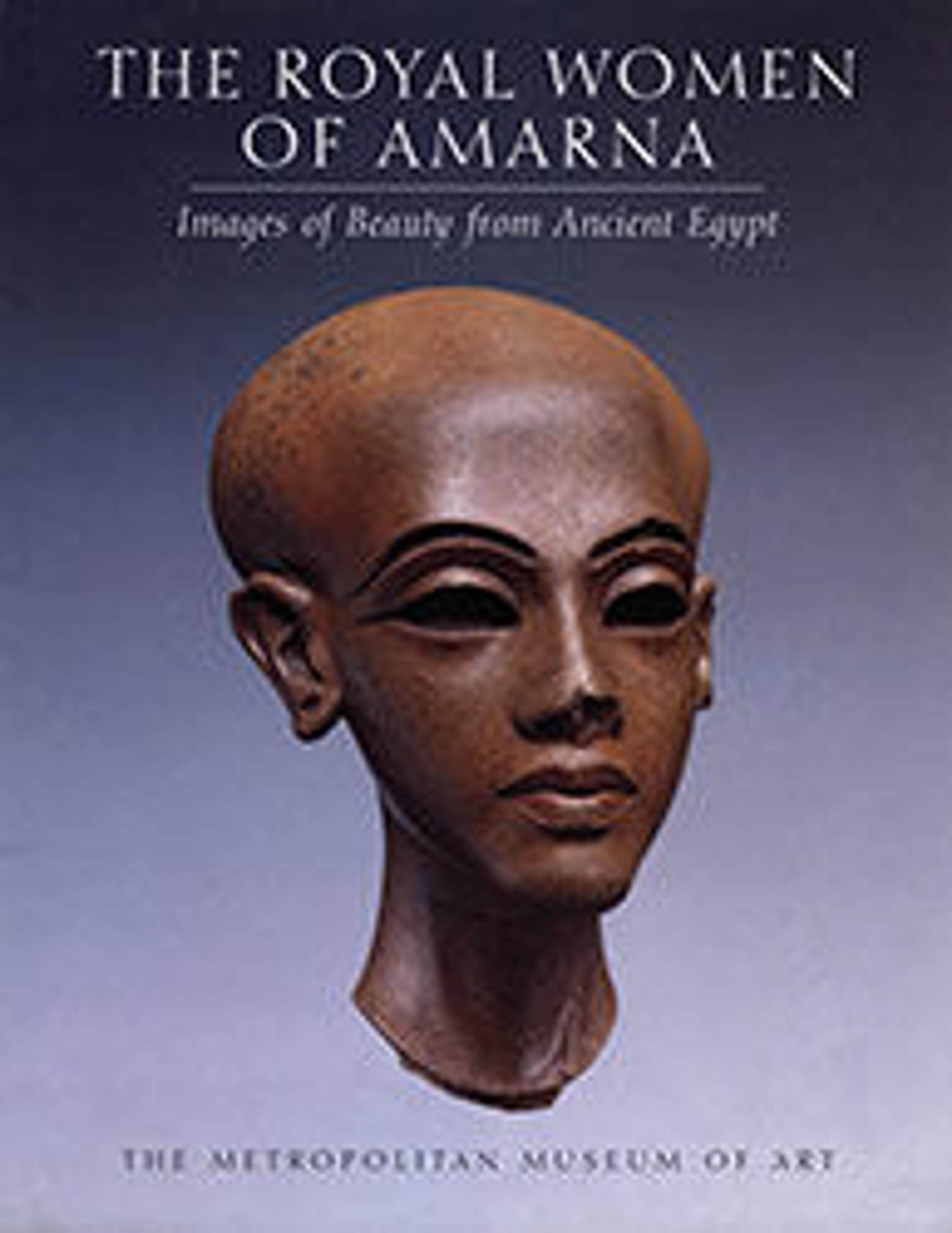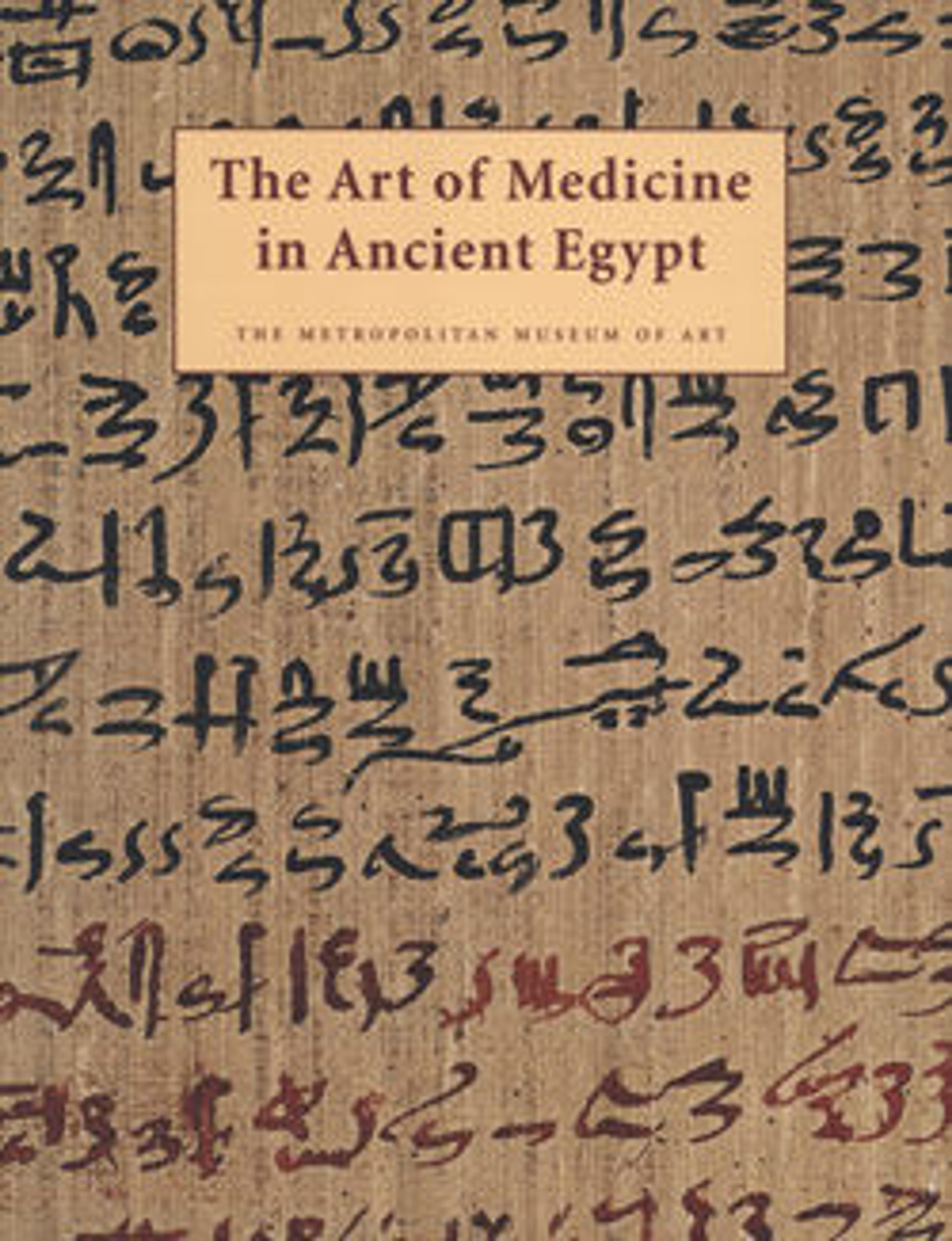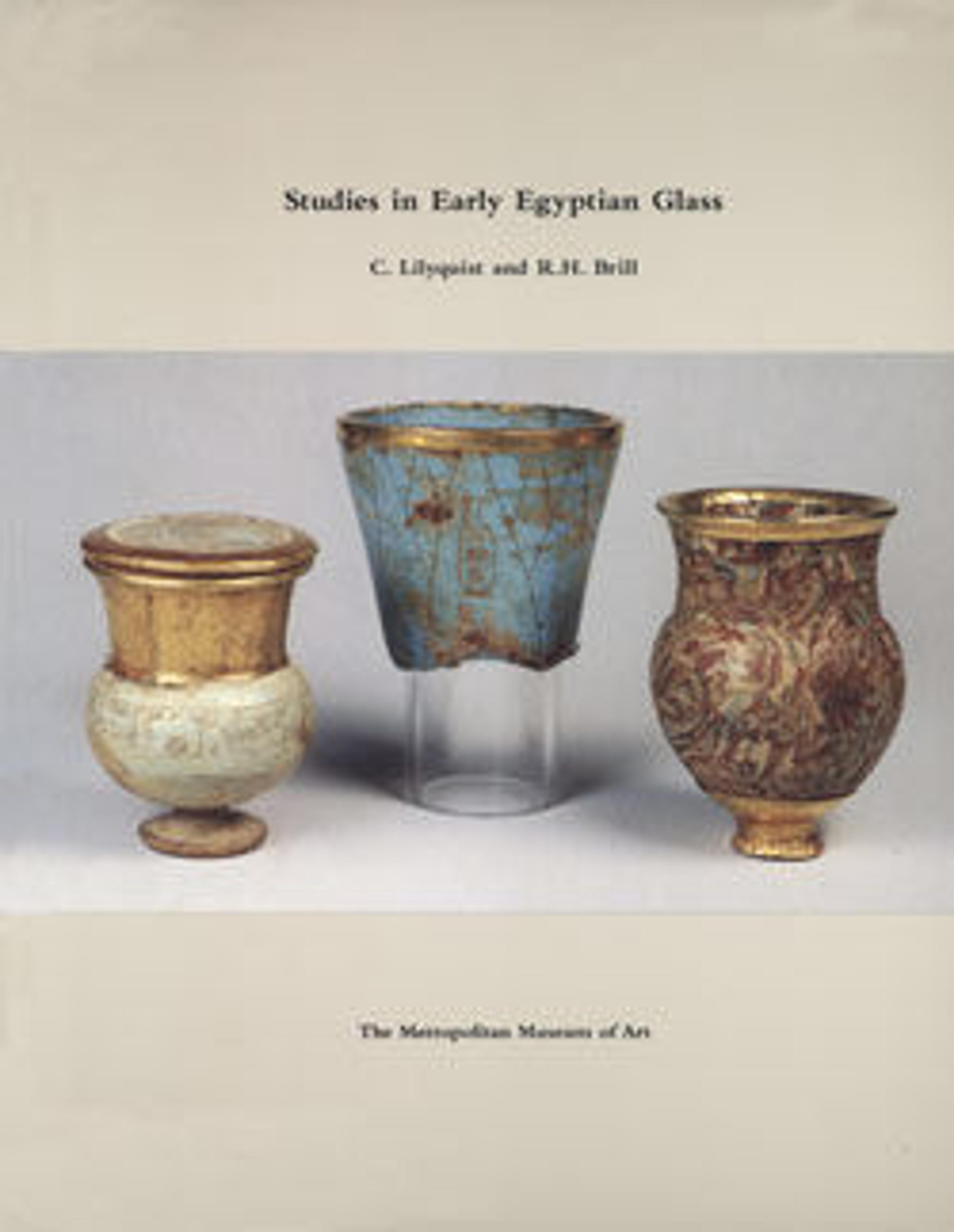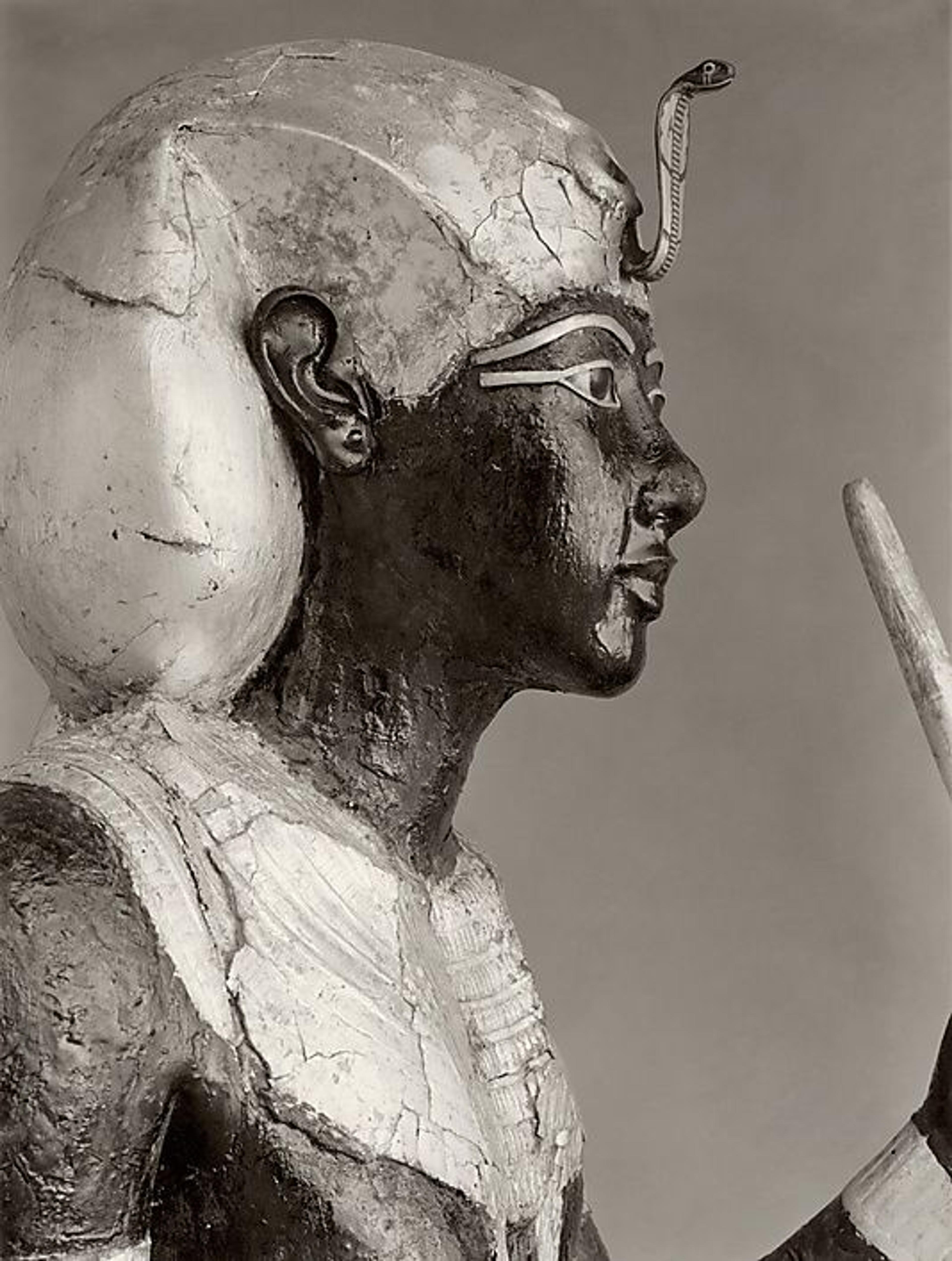
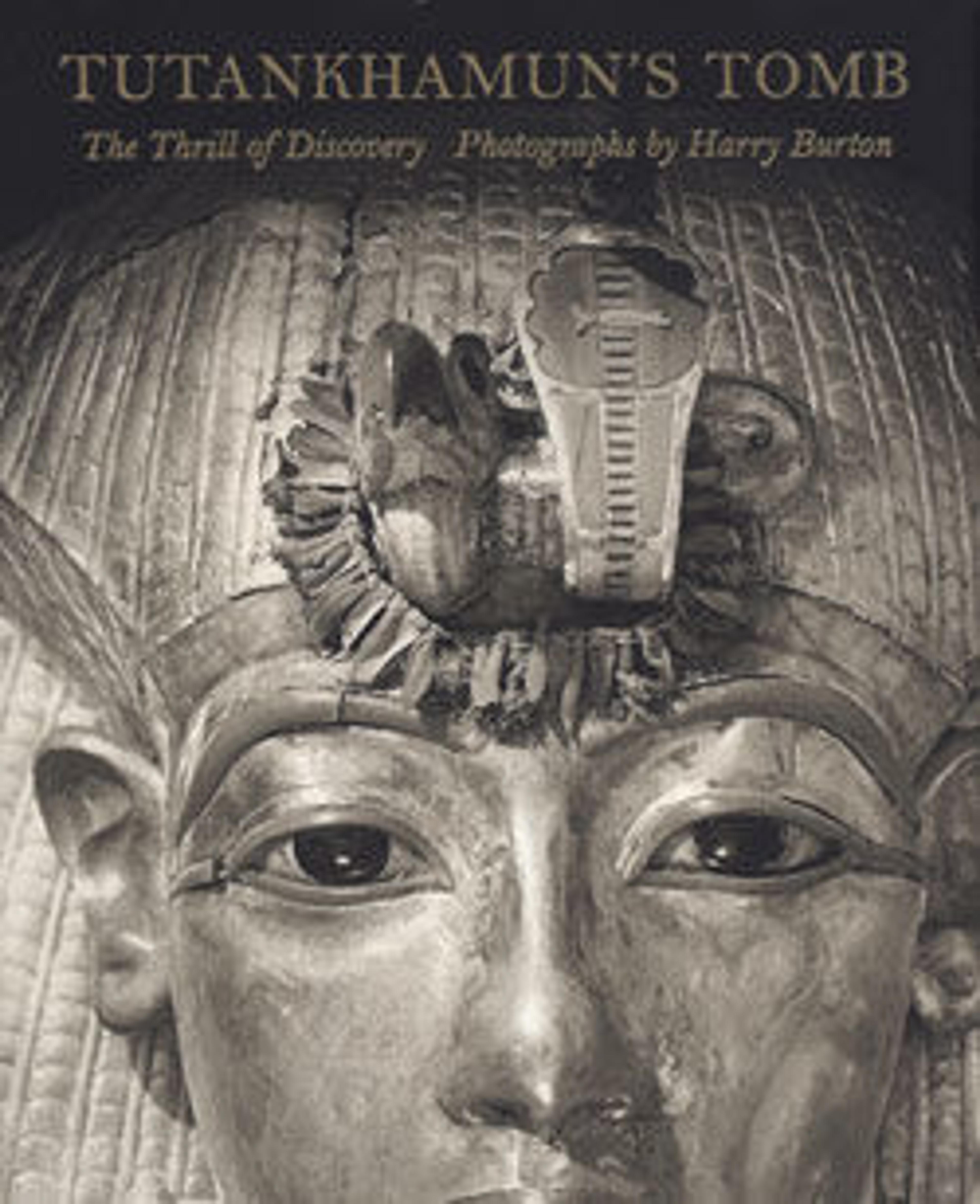
Tutankhamun's Tomb: The Thrill of Discovery
One of the most memorable episodes in the history of archaeology was the discovery and exploration of the tomb of the ancient Egyptian pharaoh Tutankhamun (Dynasty 18; ruled about 1336–1327 B.C.). Discovered in 1922 by British archaeologist Howard Carter and his benefactor Lord Carnarvon, the tomb's four chambers were crammed with such spectacular objects as gold-covered chariots; elaborately carved alabaster vessels; inlaid furniture; a vast array of Tutankhamun's personal belongings, including jewelry; a series of shrines and coffins that protected the king; and the famous solid-gold mask that adorned his mummy—the last, among the most iconic examples of ancient Egyptian art ever to have come to light.
The clearance of the tomb unfolded over a period of ten years. Each step was documented by British archaeological photographer Harry Burton (1879–1940), a member of the Metropolitan Museum's Egyptian Expedition, who had joined Carter and was entrusted with recording every detail of the painstaking work of removing and preserving all of the almost fifty-four hundred individual objects that filled the tomb. This volume brings together over seventy of the more than fourteen hundred 8-by-10 black-and-white images by Harry Burton (his glass-plate negatives are today in the archives of The Metropolitan Museum of Art and in Great Britain at the Griffith Institute in Oxford). Burton captured both the excitement and the tension surrounding the excavation as it progressed, beginning with his panoramic view of the Valley of the Kings. His camera caught everything as it was found, and as each of the sealed rooms filled with artifacts was opened, culminating in his record of Carter's exploration of the Burial Chamber, with its series of shrines and coffins that protected the young Tutankhamun and enclosed his mummy, bedecked with floral collars and the famous gold mask. The book opens with an Introduction by James P. Allen, Curator in the Metropolitan Museum's Department of Egyptian Art, which presents a historical background for the story of the discovery of Tutankhamun's tomb and the significance of its contents, placing the excavation and the events surrounding it in context. The narrative text by Susan J. Allen, Senior Research Associate in the Department of Egyptian Art, describes every stage in the clearance of the tomb, and the careful exploration, examination, and conservation by Carter and his team of the artifacts that it contained. The specific activities shown in the photographs are identified in the detailed explanations provided for each of the plates.
The volume contains a map of the Valley of the Kings, a plan of the tomb of Tutankhamun, and a Suggested Reading list for those interested in learning more about the subject.
You May Also Like
Press the down key to skip to the last item.
Citation
Burton, Harry, Susan J. Allen, and James P. Allen. 2006. Tutankhamun’s Tomb: The Thrill of Discovery. New York : New Haven: Metropolitan Museum of Art ; Yale University Press.
